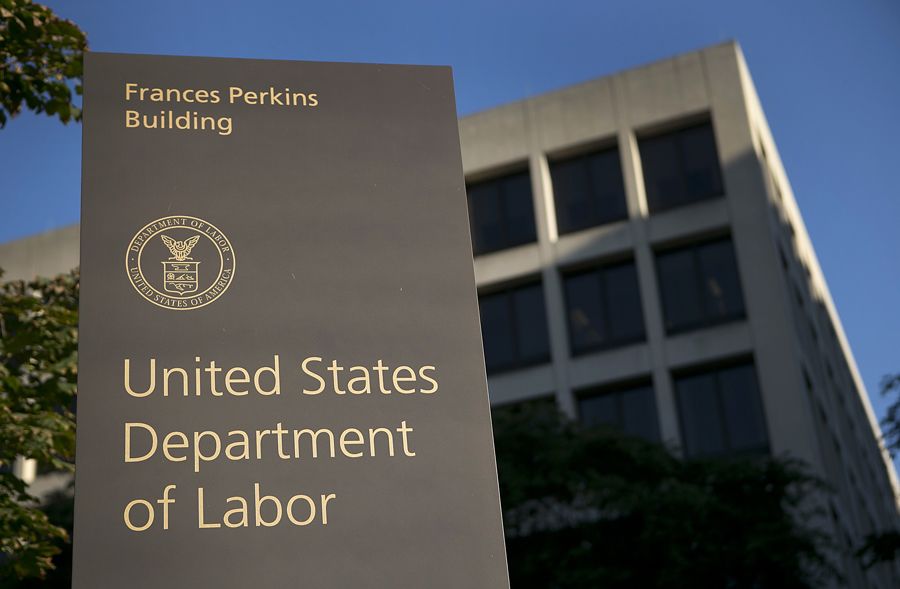Seniors scramble to beat reverse mortgage deadline
Demand for mandatory pre-loan counseling outstrips supply.
I received a frantic phone call from a reverse mortgage lender in California last week. He said he was worried about the large number of senior homeowners who were scrambling to qualify for a reverse mortgage before new, more restrictive lender limits take effect on October 2, 2017.
The problem is, prospective reverse mortgage borrowers must complete a mandatory counseling session, usually by phone, before they can apply for a loan that allows homeowners age 62 or older to tap some of the equity in their home. But, apparently, there are not enough counselors approved by the Department of Housing and Urban Development (HUD) to satisfy the recent spike in demand.
“Our phones are ringing off the hook right now with people scrambling to find a counseling company to get their FHA (Federal Housing Administration) certificate,” said Roy McGovern, founder and chief loan officer of Roy’s Umbrella in Fair Oaks, CA. “It is extremely frustrating that the FHA has done nothing to calm these folks and reassure them that they will have an opportunity to obtain the HECM loan they have been counting on for years.”
HUD’s Office of Housing Counseling sent an email late last week to all approved Home Equity Conversion (HECM) counselors asking about their current workload and their potential availability to take on additional clients before the October 2 deadline. One counselor I spoke to said his office scheduled more than 320 counseling sessions in September compared to a typical case load of about 70 sessions per month.
Mr. McGovern suggested that FHA should extend the deadline to obtain a counseling appointment until October 15 and grandfather those applicants under the existing borrowing rules. “If this doesn’t happen, FHA will have to answer to why they tried to sweep this issue under the rug and affect thousands of senior citizen homeowners’ ability to obtain a HECM loan” under the existing, more generous borrowing rules.
But there is no indication that HUD intends to extend the deadline.
Citing concerns about the financial strength of the HECM reverse mortgage program, HUD announced on Aug. 29 that it would increase initial premiums and tighten lending limits on reverse mortgages beginning Oct. 2. In addition, it would reduce annual borrowing costs. The changes do not affect existing reverse mortgage borrowers.
Beginning Oct. 2, the initial mortgage insurance premiums for new HECM borrowers will increase from the current 0.5% that is available to some borrowers to 2.0% of the maximum loan amount for all borrowers.
Under existing rules, homeowners who tap less than 60% of their available equity in the first year of the reverse mortgage loan are rewarded for their restraint with a low up-front premium of just 0.5%. That prompted some savvy homeowners to establish a reverse mortgage line of credit for future use. The line of credit would continue to grow each year, but homeowners would not incur any costs until they tapped the credit line.
Those who borrowed more than 60% of the available loan limit during the first year of the load paid a much higher up-front mortgage insurance premium of 2.5%. Under the new rules that take effect Oct. 2, borrowers who tap 60% or more of their equity would see their initial costs decline to 2.0%.
“Since one disincentive to take a larger lump sum amount disappears with the new initial mortgage insurance premium change, the market could see a slight increase in the amounts of initial withdrawals,” said Jamie Hopkins, co-director of the Retirement Income Program at the American College of Financial Services and a proponent of using home equity as part of a secure retirement income plan. “However, borrower behavior is not expected to change dramatically because the industry and professional alike have been trending away from large lump sum distributions,” Mr. Hopkins said.
In addition, HECM’s annual mortgage insurance premium will decline under the new rules to 0.5% of the outstanding mortgage balance, reduced from the prior schedule of 1.25% for all borrowers.
“Lowering ongoing costs improves the attractiveness of the program as compared to a traditional mortgage or home equity line of credit by bringing the overall interest rates more in line,” Mr. Hopkins said. But it also means the line of credit will grow more slowly.
The new HUD rules also alter the so-called “principal limit factors” that determine how much a homeowner can borrow
“Ultimately this could result in a more competitive reverse mortgage market,” Mr. Hopkins said. “It will encourage lenders to offer lower lender margins to maximize principal limits for borrowers which could bring down the costs for the borrower,” he explained. “This reduction in rates and lower principal limit factors will also slow the line of credit growth and debt amount.”
Learn more about reprints and licensing for this article.








